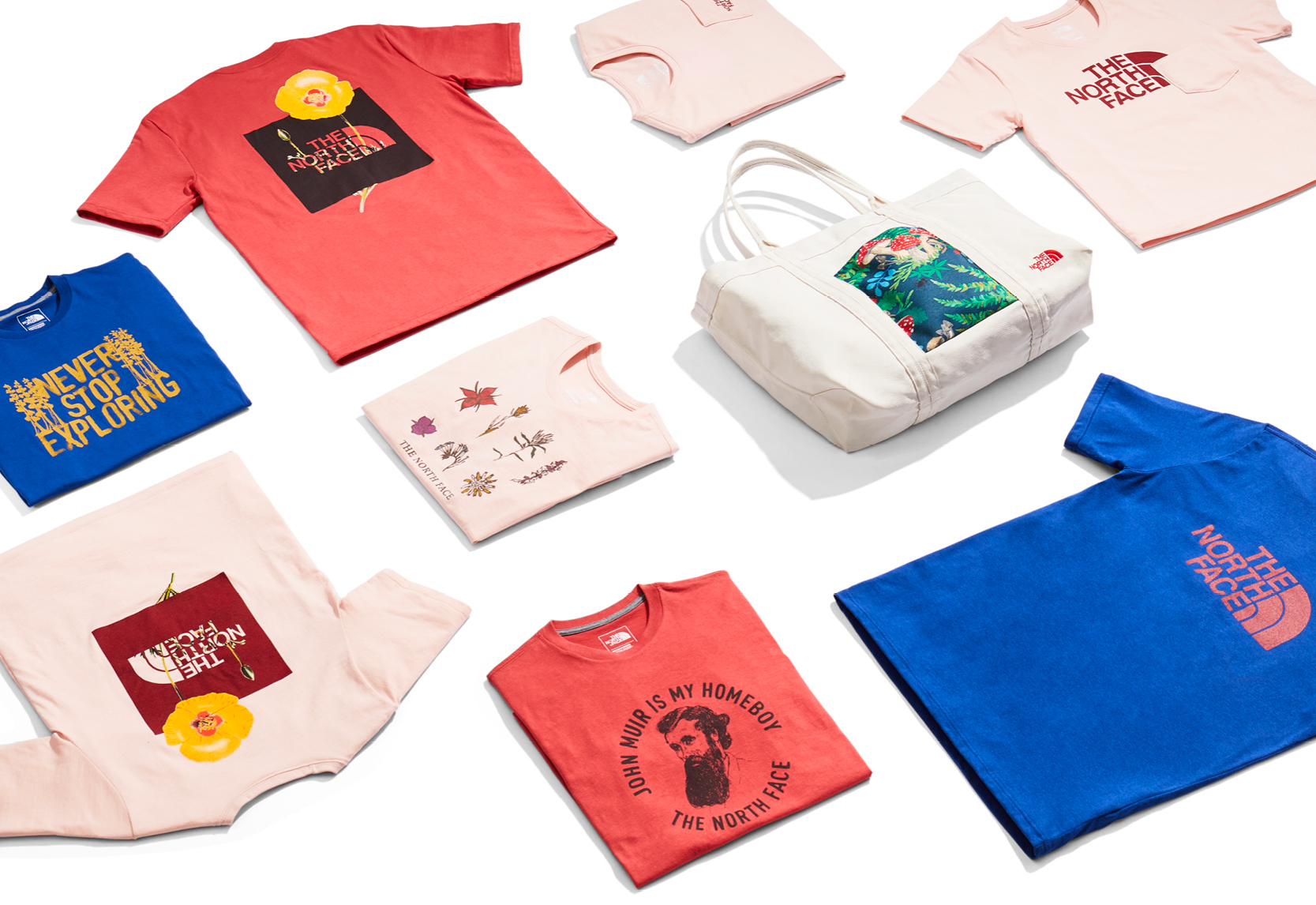Never Stop Exploring. At The North Face, this mantra runs even deeper than outdoor adventures. Since its founding in 1966, the brand has embraced innovation and exploration via high quality, durable and sustainable products and programs.
“We outfit people to go enjoy the outdoors, so we want to make sure those places remain protected and people still have them to visit,” says James Rogers, Director of Sustainability.
Through research, experience and collaboration, The North Face has innovated and expanded both internal and external initiatives to reduce environmental impact. While sustainable production is complex and takes time, effort and money, The North Face’s initiatives have an impact beyond a single company. The company wants to share these learnings, ideas, standards and best practices with consumers and brands across the outdoor industry and other markets around the world.
Rogers says, “Making sure we’re using responsible materials, making sure we’re educating the consumer about those choices and allowing them to be empowered by their purchase decisions and extending the life of our products are key ways we can address the environmental profile of our products.”
Bottle Source Collection
The Bottle Source collection tackles sustainability from another angle by diverting 160,000 pounds of plastic bottles from the waste stream in three U.S. national parks to use in their recycled material for T-shirts. The North Face donates $1.00 to the National Park Foundation for every unit made in support of recycling and reuse programs.
Through Bottle Source, The North Face wants to educate consumers, reduce consumption of single-use plastic bottles and increase recycling rates. The team also plans to broaden their related recycled supply chains and will expand the entire product line in fall 2018.
“Right now in the U.S., only 30 percent of materials in a recycling bin actually get recycled,” Rogers says. “We could cut the amount of bottles used in national parks by half, significantly increase the recycling rate and still have plenty of bottles for a program like this.”
Cali Wool Beanie
Fibershed, a nonprofit based in the San Francisco Bay Area near The North Face headquarters, challenged the company to create a product with an entire supply chain that remained local within 150 miles.
“Our team was really excited about that challenge,” Rogers says. “It was a really strong learning experience for us.”
The North Face collaborated with Fibershed to source climate-beneficial wool from a local supply chain and began a partnership with northern California’s Bare Ranch, including a donation of $10,000 for the property to begin building a carbon farm plan. Their climate-beneficial wool is used to create The North Face Cali Wool Beanie hat and the impact of these partnerships is ongoing.
“In getting the word out about this product, Fibershed has gotten a lot of interest from groups globally to start adopting these types of ranching practices,” Rogers says. “That’s really our goal. We want other brands to be able to use these practices. We want other ranches to start adopting them so more people can do this and have a stronger benefit to the environment.”
The North Face Renewed
Launched in June 2018, Renewed is a recommerce program that takes worn, returned, damaged or defective items and cleans and repairs them to be sold at a discounted price. This new system’s goal is to provide consumers with quality, durable products with an expanded life cycle, which ultimately creates less waste.
“There are a lot of logistical challenges to get a program like this up and running,” Rogers says. “We’re really proud of the quality and durability of our products and that we’re able to offer these items that are like-new at a discounted rate.”
Sourced from returns to The North Face stores and wholesale accounts, the team is investigating how to grow the Renewed program by accepting used items directly from consumers and then clean, repair and return the refurbished products directly to their owners.
Image courtesy of The North Face.
This article was originally published in RANGE Magazine Issue Nine.
